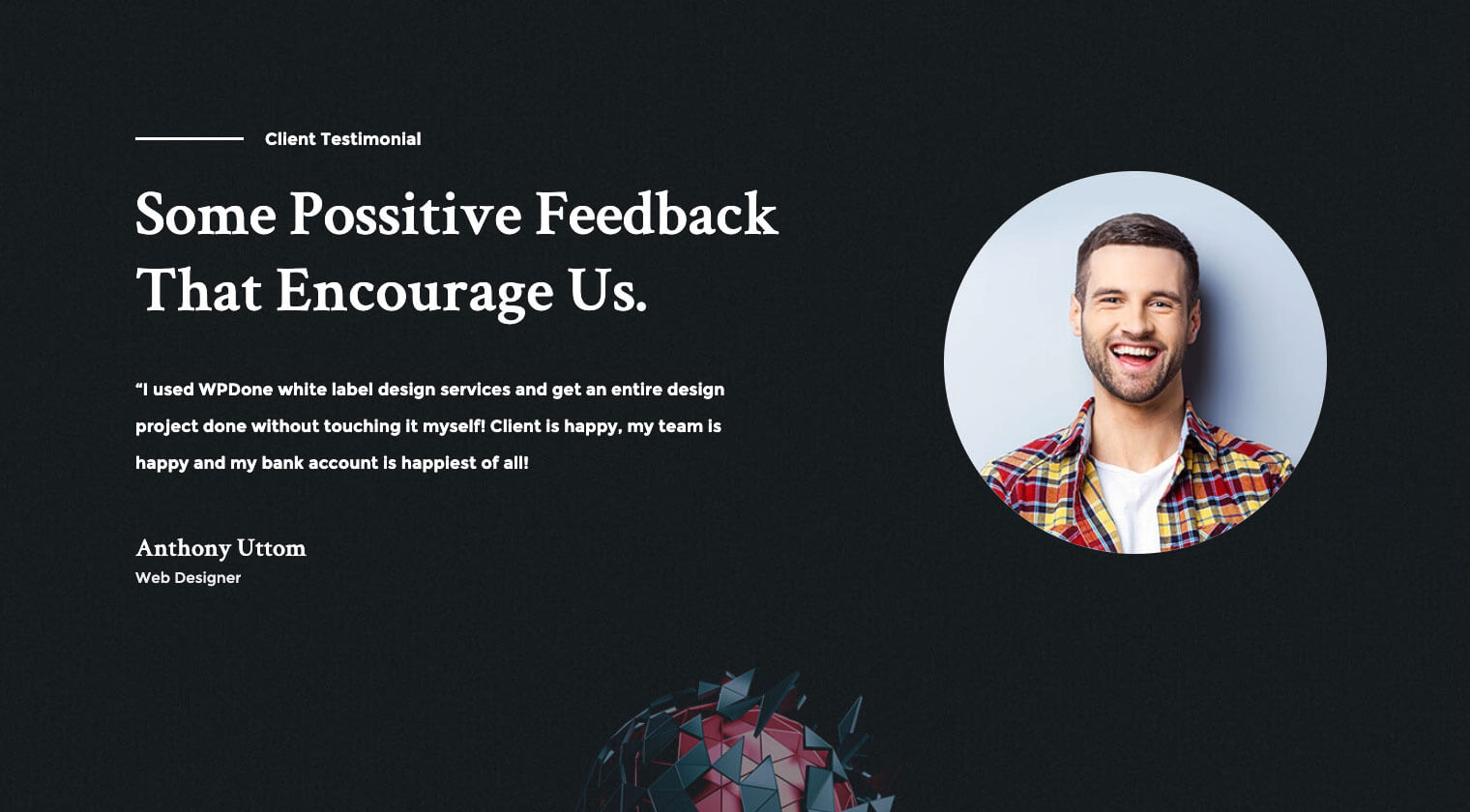
Actionable tips on using cognitive bias in marketing – Part II
In part 1 of this article, we explained the first 5 types of cognitive bias in marketing. Let’s now go through the rest of them:
6- Reciprocity bias
If somebody does something for such as giving you something, you’re more likely to return the favor by giving them something in return. This sums up the reciprocity bias. In other words, people are more ready to do something for you if you do something for them first. In the context of marketing, you can employ the practices below to trigger this bias in the minds of your customers.
Referral and affiliate
Word of mouth and recommendation from trusted sources is perhaps the most effective way of promoting a brand. If someone is using your brand and they’re happy with it, they may be likely to recommend your users to them – but wait! Nothing comes for free. What do you do for them in return? You ‘reciprocate’ the favor with your referral program where they are rewarded by referring more users to your product. This can be a fixed fee per referred paying customer or a recurring percentage of the monthly or yearly revenue generated by the referred user.

Ecommerce websites can also employ an affiliate program that can be used by both current customers and strangers who are not your customers. They are professional affiliate marketers who are in the business of selling your brand in return for a commission.
Giveaway
Referral programs trigger reciprocity bias only in the late stages of a customer journey when they have been already converted, used your product and happened to like it. But there are methods such as giveaways that can help you use this cognitive bias in marketing in the very early stages of the customer journey when they haven’t subscribed or purchased anything. You can also spice it up with a FOMO element such as a deadline to enter the giveaway competition.
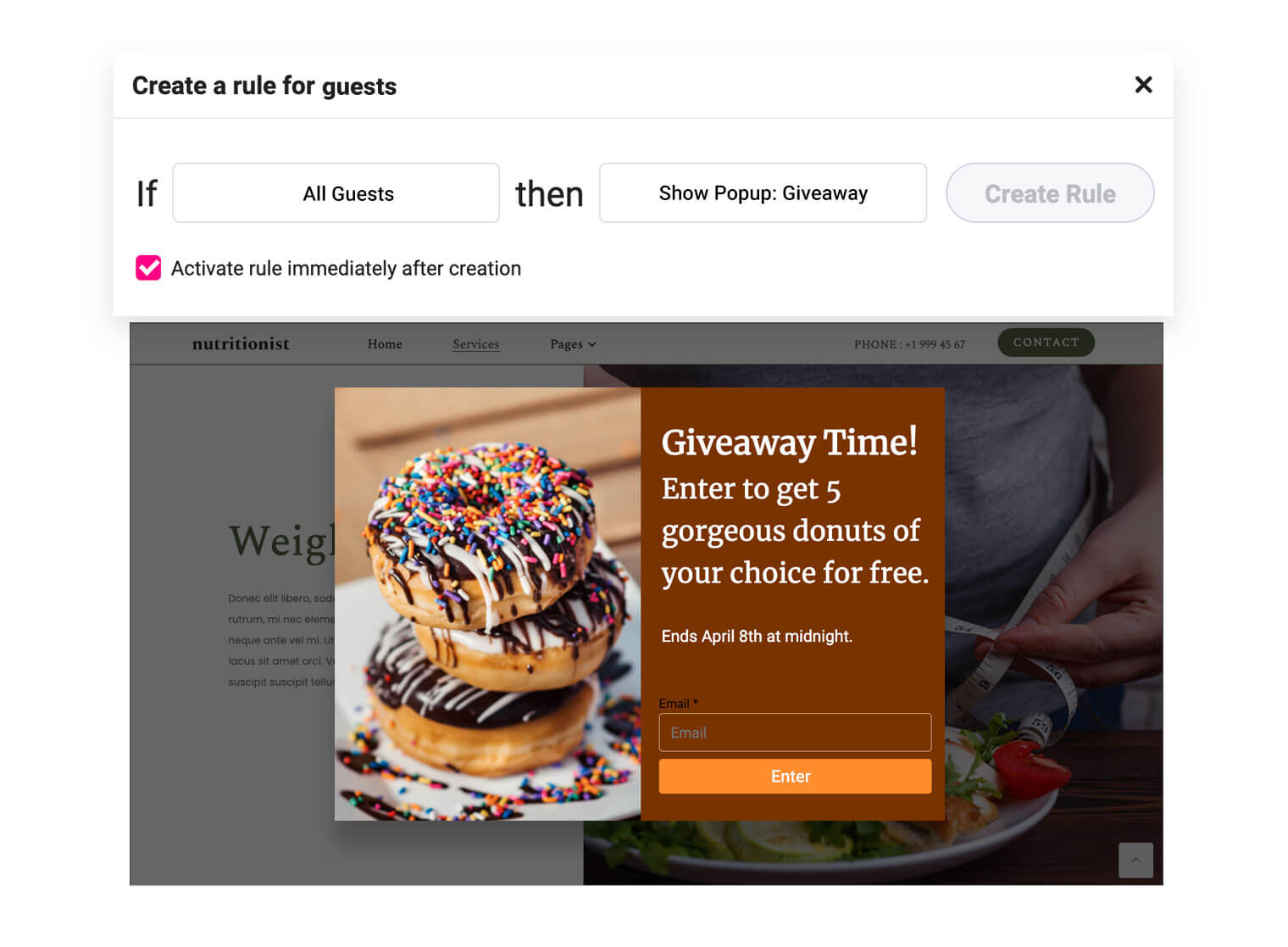
In Growmatik, you can create such a popup by clicking on the + button in the guest column of the automation dashboard, setting the condition as All Guests and the action as Show Popup.
Content marketing
Content marketing is another example of using reciprocity bias in the early stages of the customer journey when they are only considering a solution for their problem or need. By providing useful content for people who have not yet subscribed or purchased something from you, you’re doing them a favor and making them likely to reciprocate by buying your product.
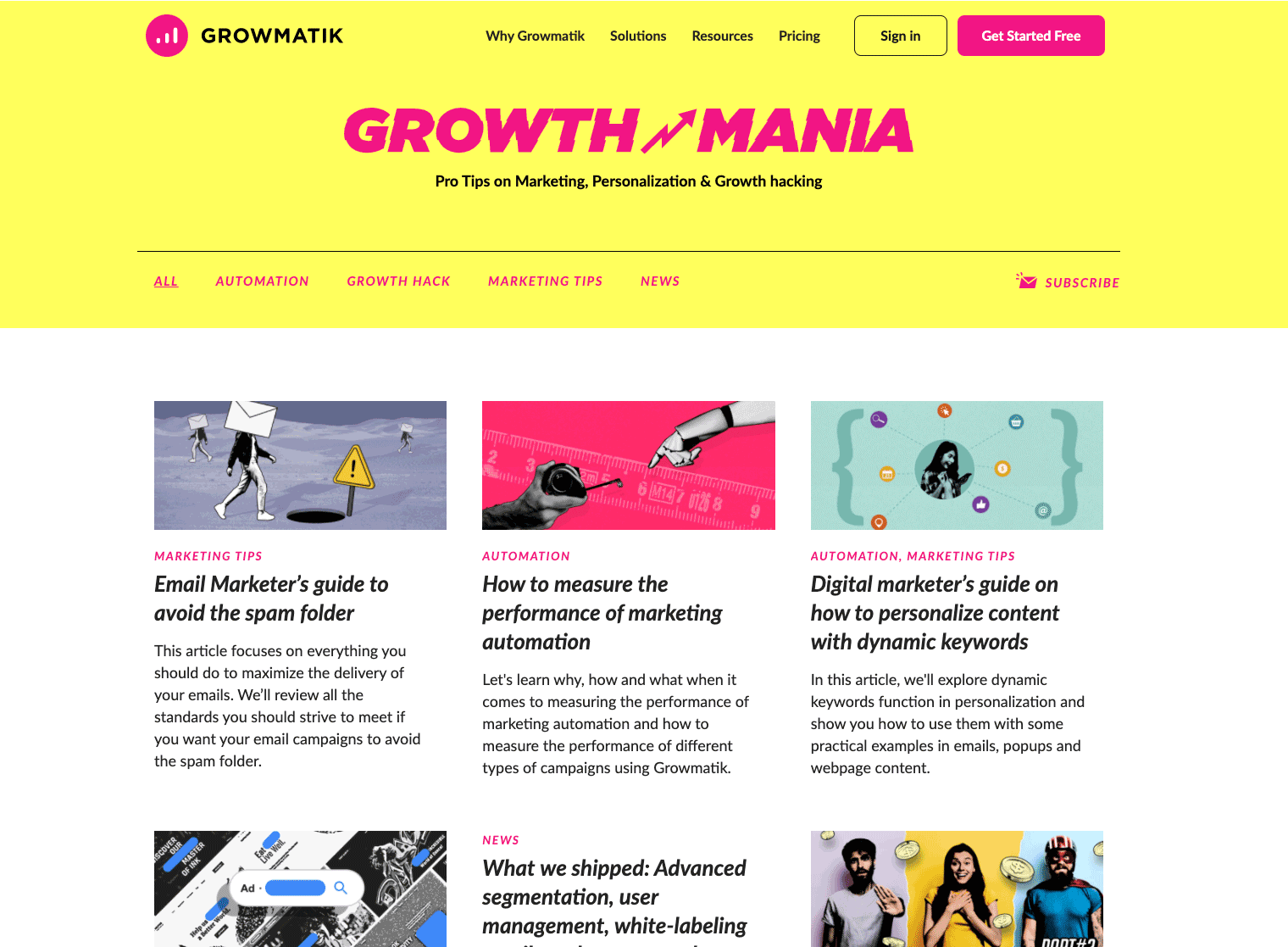
For example, if you’re hosting services and publish a post about how to increase the WordPress memory limit – which is a common problem new WordPress users have with their hosting – and help them solve their problem, they are more likely to consider your managed WordPress hosting solutions by clicking on the CTA you placed at the end of article.
Exclusive discounts for loyal customers
This is a very effective way of appealing to your loyal customers on a personal level, solidifying your relationship with them by reciprocating the many months they have spent working with your brand with an exclusive discount.
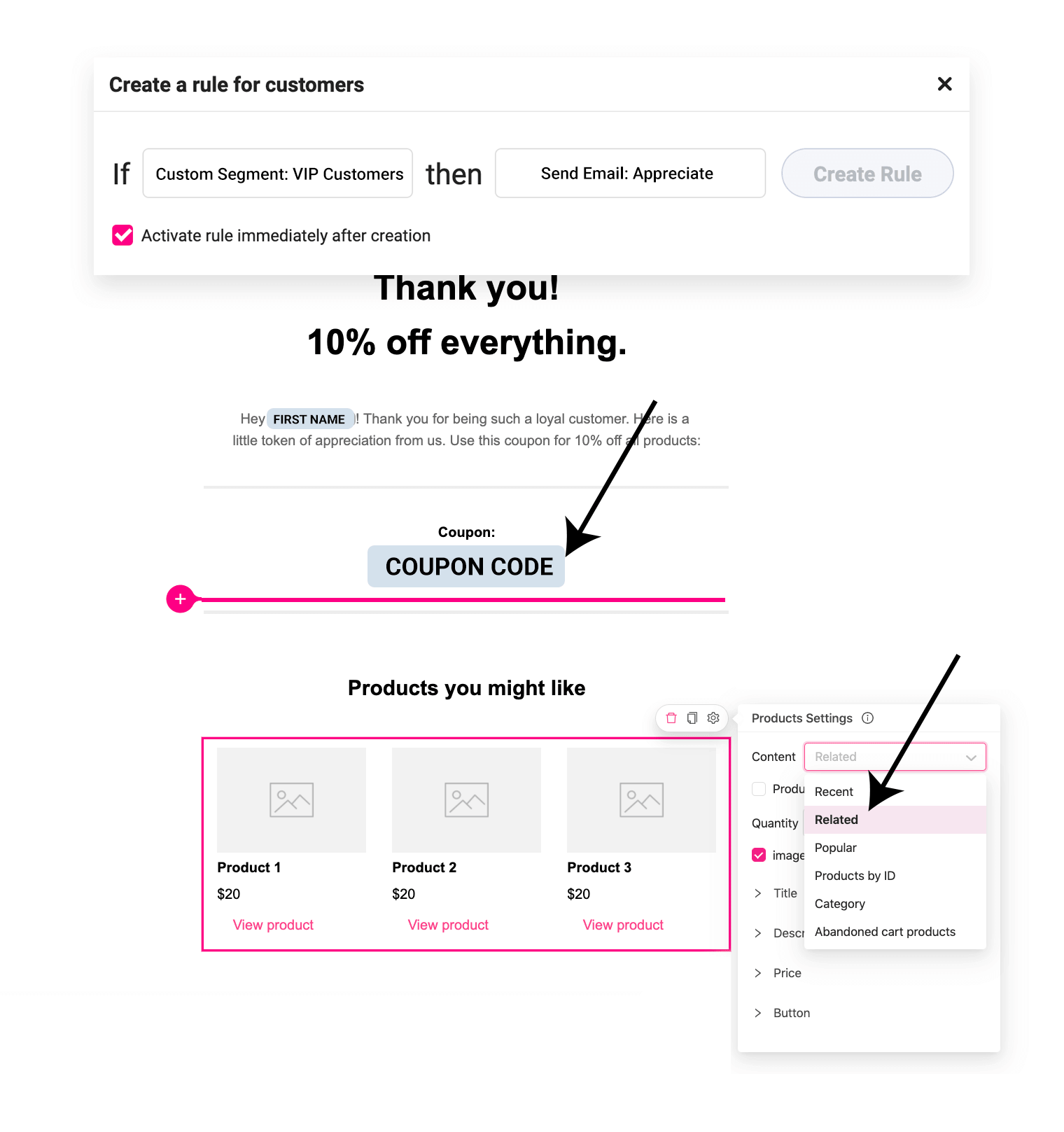
In Growmatik, you can quickly find high-value customers by setting conditions such as User Behavior > Orders placed or Spent time in the automation dashboard. In the People section, you can also define custom segments based on any combination of factors. Once you set the Segment as the condition, set Send Email as the action and create or customize your email template. Using the dynamic keyword elements in the Growmatik email builder, you can insert customer;s name, the number of the purchases or the time they spent in your website right inside the email. You can also use the Dynamic product element to place personalized products following the discount coupon in your email and suggest using the coupon to buy those items.
Useful free trials
Well yes, it’s true trial periods that are useful and actually let you do something with the tool are rare! But this gives you a good opportunity to trigger your users’ reciprocity bias by giving them a useful trial period. The trial should probably be without feature lockouts and only usage-based or time-based limits.
Users are more likely to subscribe and start paying if they have a positive and constructive experience with your product during the trial period.
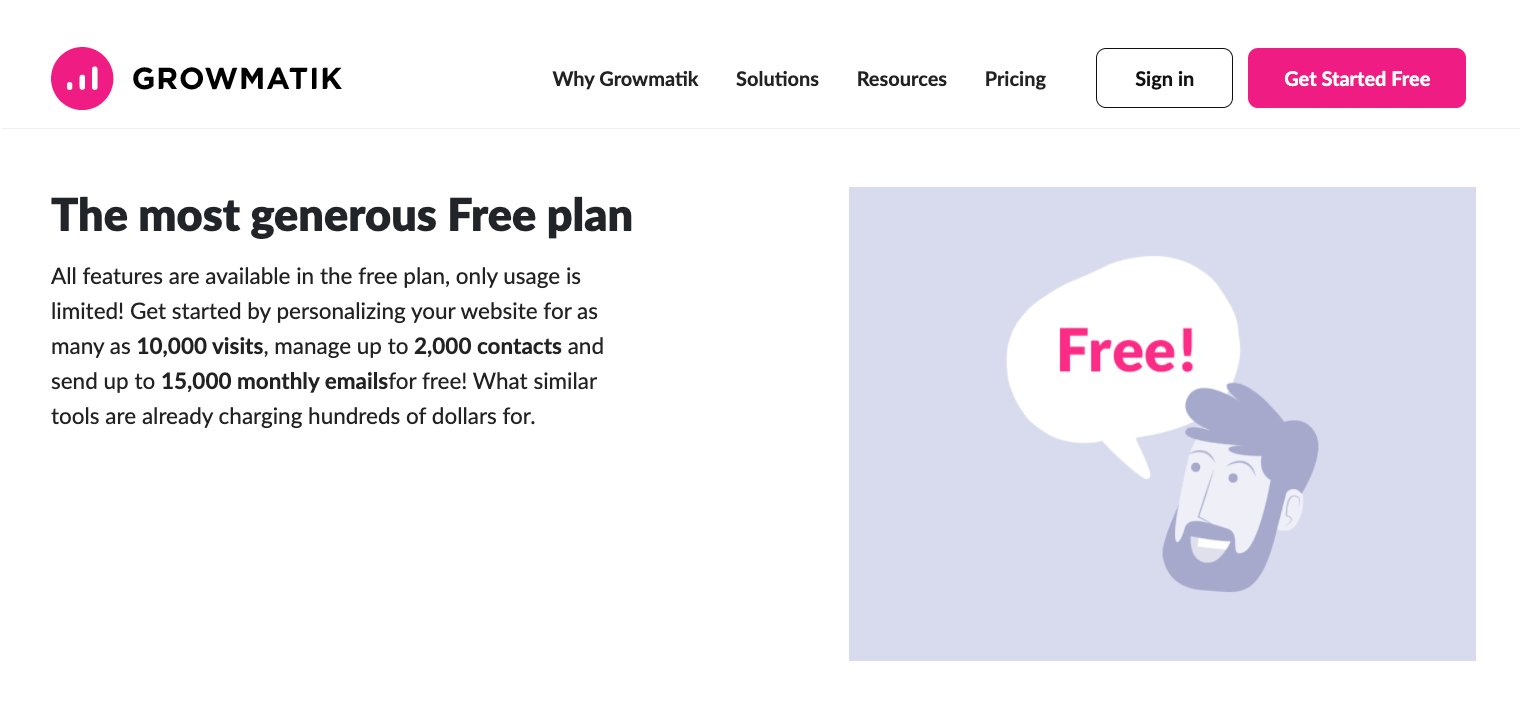
7- Mere exposure effect
The mere-exposure effect is a psychological phenomenon by which people tend to develop a preference for things merely because they are familiar with them. All brand awareness marketing campaigns are based on this cognitive dysfunction. They believe the more you see a brand, the more you’re likely to buy it.
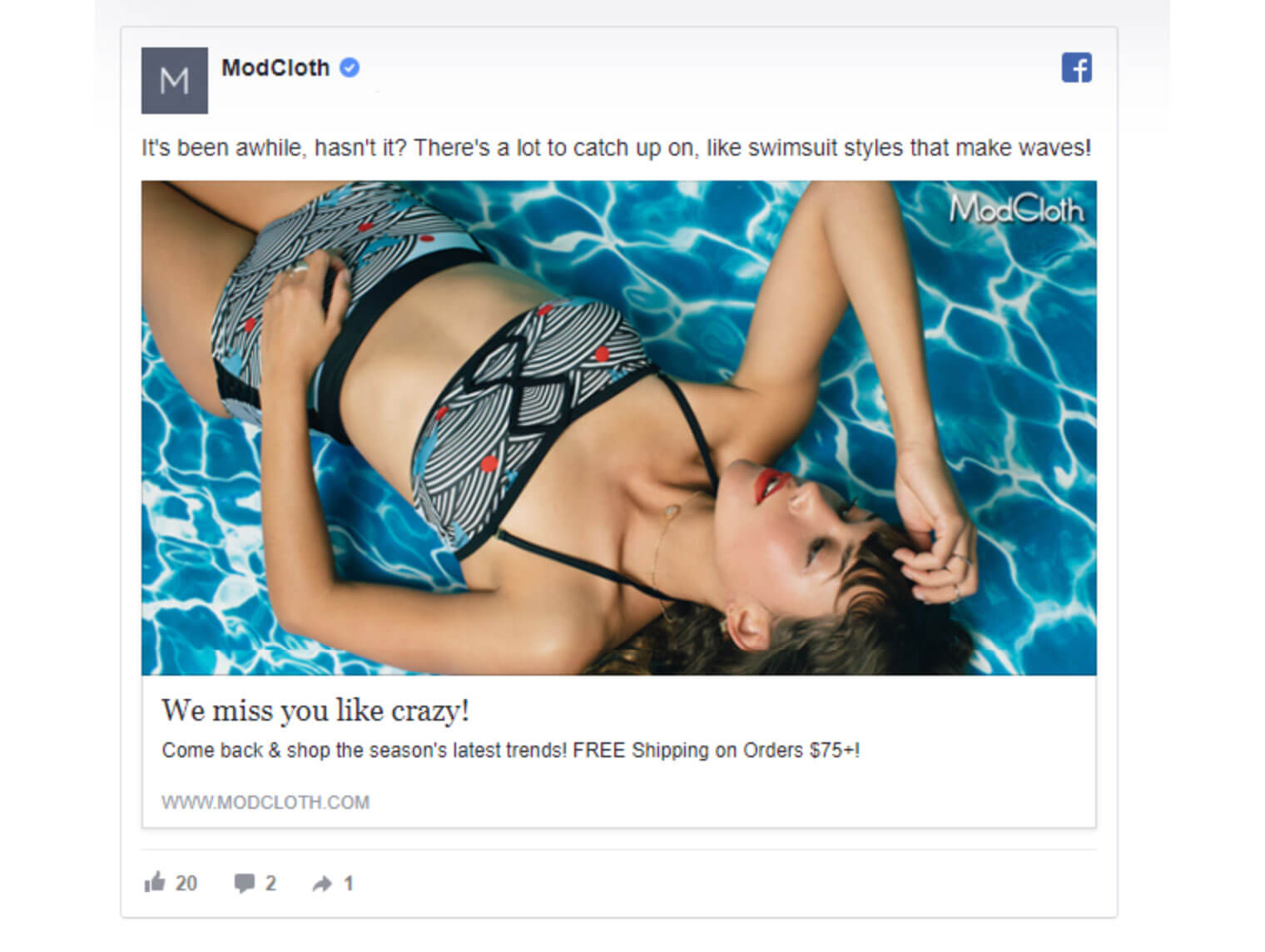
All the remarketing ads that follow you upon visiting a product or deal use this cognitive bias in marketing. You may resist it or be indecisive about it in the first encounter but you may reconsider it when you see it more often. On some occasions, such as for booking and e-commerce websites, you can add some special deals and discounts to the original price in the remarketing ads to spice up this effect with some FOMO and loss aversion techniques as well.
8- Authority Bias
Through authority bias, we attribute greater accuracy to the opinion of an authority figure and become influenced by that opinion. And this is regardless of the fact that the figure is related to the subject of the opinion or not! However it’s more effective when the figure is related to it though. The whole idea of influencer marketing is powered by this cognitive effect.
If you’re lucky enough to get an influencer or opinion leader to check your product or service and provide a testimonial, do check it on your landing page or checkout pages.
Verification, review scores and safety badges can also help this effect get triggered. For instance, “If Stripe trusts in your business I can trust too!”

9- Anchoring
Through the anchoring bias effect, a customer is more likely to buy an item that was presented first. So it’s very easy to guess why the hero section and then the entire above-the-fold section of your landing page is the most strategic touchpoint across your customer journey. This means that you have to make use of this spot for the most impressive content for your targeted visitor. It can be a mind-blowing slogan or it can be an amazing deal! Your choice.
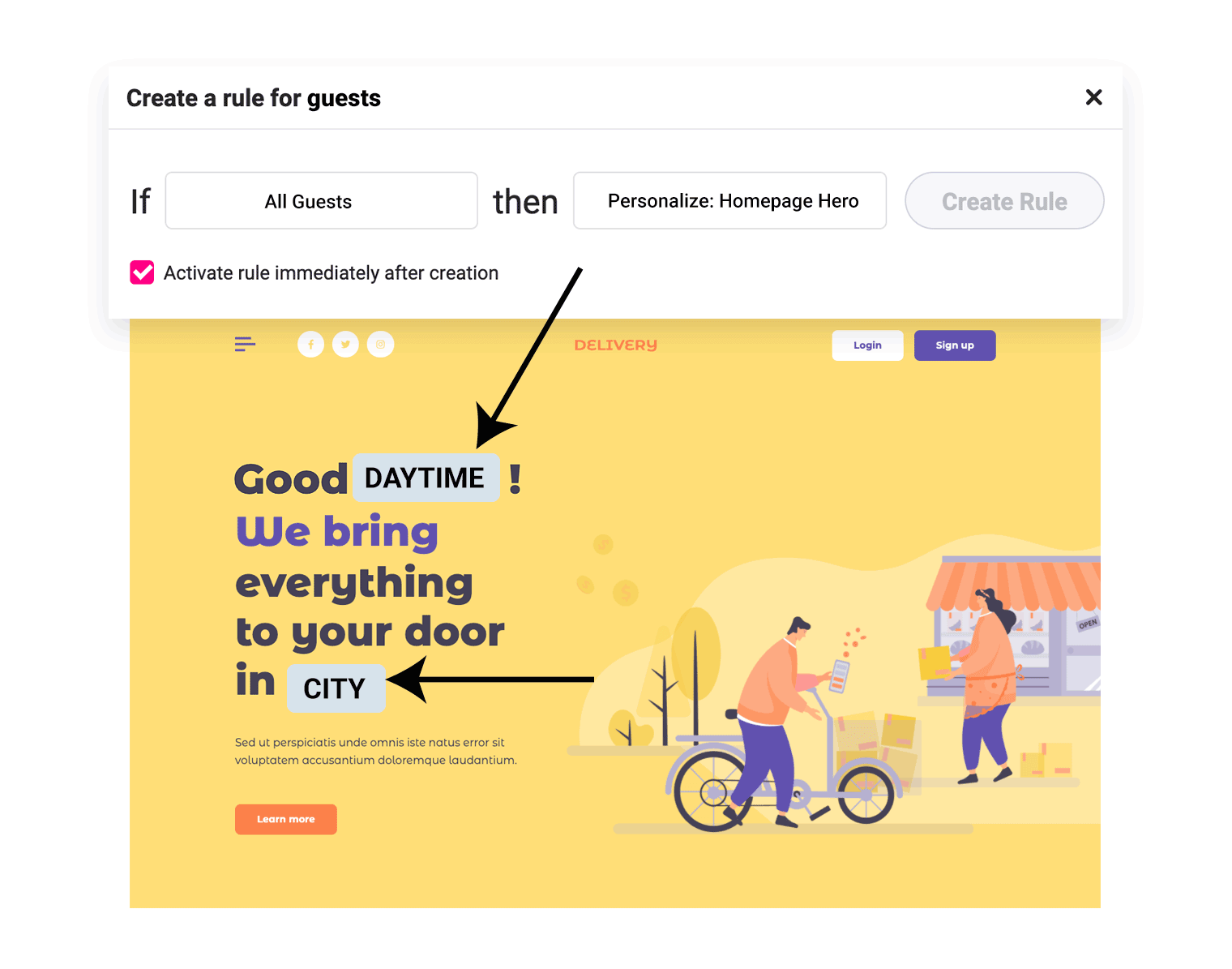
Since different people with different expectations and needs come to your website, the ideal way to go with your hero section is to personalize it based on your target’s preferences. One good example of personalizing landing pages is to include the time of the day and location of the visitor as dynamic keywords. You can use the Growmatik Website Personalizer tool to get this done.
10- Zeigarnik Effect
The Zeigarnik Effect pushes audiences to crave completed or partially complete narratives, problems, questions and goals. This means you’re more likely to complete your Linkedin profile if you see part of it is already completed upon your sign up. You may also have come across tools and apps who help you finish a goal right upon your onboarding as they believe you are more likely to finish it when you see it is partially done by the app as opposed to when you arrive on a blank or empty workspace.
The Zeigarnik Effect is widely used in product and game design. One good way to employ this cognitive bias in marketing is gamification through milestones. Just like the skill or upgrade trees in a game that help you build up fast and progress passionately, you can define a milestone system to encourage your visitors to buy more and unlock new rewards where rewards are discount coupons, merchandise or interesting freebies related to your product or brand.

Using Growmatik, you can build a point system based on total order count or order value and then automate sending discount email campaigns relevant to each milestone when a user hits it. In Growmatik, go to the People section. Choose All Customers from the dropdown and then click on the + button to define filters for your segments. Find Shopping Activity and select either the number of orders or total order value as your filters. You can also use the combination of both to make more sophisticated loyalty segments. Repeat this step to build segments for every tier in your loyalty program. For different segments for a total 10 orders, 20 orders and 50 orders. Once every segment is created, save it with the respective tier name, for example Bronze Member, Silver Member and Golden Member.
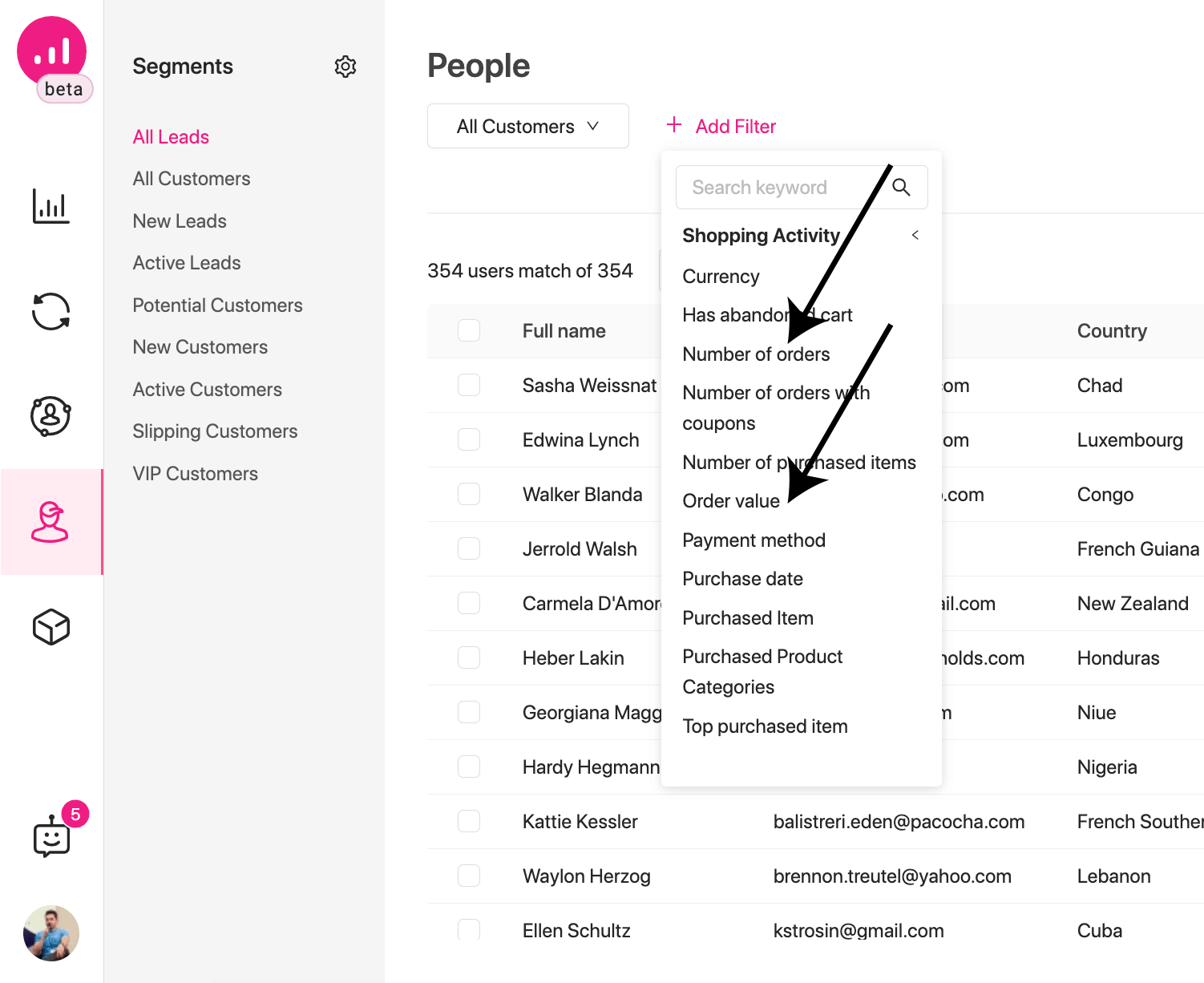
Once every segment is created, click on the Send email to segment button in the upper right corner. You will be taken to the automation dashboard and asked to assign an action for your segment, which in our case is Send Email. Click on the Create email button to select a premade template to build up your email content. You can choose Dear loyal customer to begin with. Next up, you can create the content of email as you like using the Growmatik email builder, save it and click on the Create rule button to execute your automation. You should repeat this step for every other segment as well.
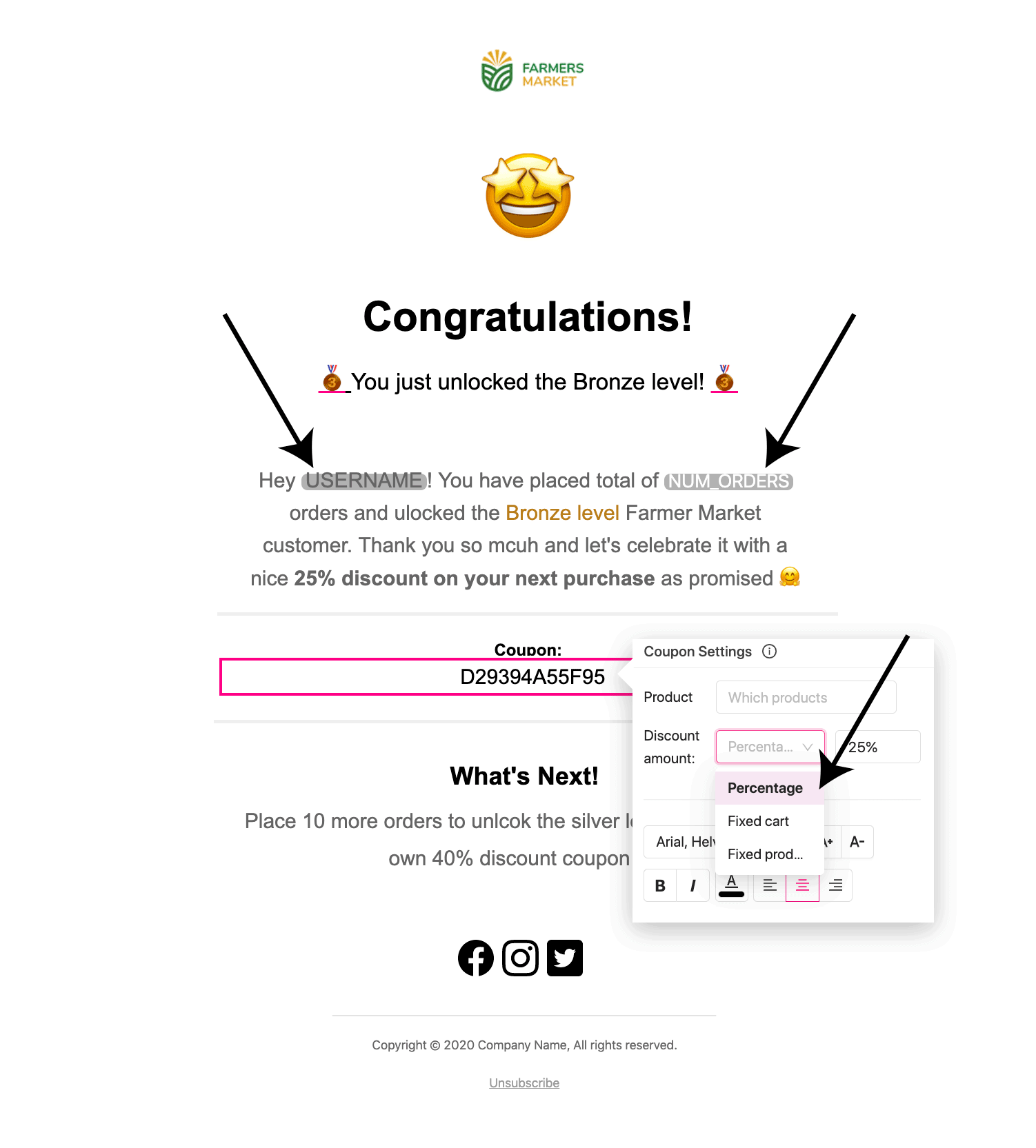
Just remember when creating your email content, use the dynamic elements to personalize the email as much as possible. And ,of course, use the coupon element to place the coupon related to the unlocked discount reward. And, finally try to make it not just a notification of unlocked discount reward but also a fun experience for the customer as well. Use emojis, animated GIFs, nice fonts and colors!
Takeaways
Cognitive bias in marketing works deep inside our brain. If used effectively, its results are almost guaranteed. However, if not, your marketing campaigns might seem repetitive and could lose their effectiveness. This is particularly true for some of the tips we’ve included here including FOMO, the bandwagon effect and the authority bias, which are used too much by marketing campaigns these days, and experienced customers may ignore or inspect them very closely.
A sustainable product or service uses its essential values as an engine of growth for its customers. Cognitive biases and such amplifiers should be used only as supplementary marketing material to increase the engagement and stickiness of their customers and not to trick them, which will not only give you a bad reputation but also proves short-sighted and ineffective in the long run.


